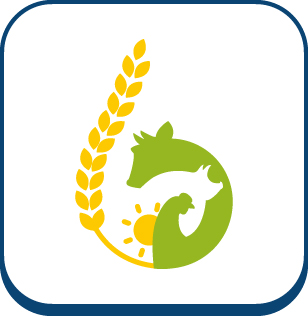The quality of pork products from local breeds in extensive systems depends, among other things, on pig production. In particular, the variability in climatic conditions and feeding resources may influence the properties of tissues at slaughter and the quality of pork and processed products. The present study (part 2) was part of a larger project that assessed the influence of the finishing season and feeding resources on carcass and tissue traits and the quality of meat and dry-cured ham from Gascon pigs in an extensive system. Following the specifications of the Protected Designation of Origin “Noir de Bigorre”, castrated Gascon males were reared on rangelands (grassland and forest areas) and received a supplementary diet from 5 to 6 months of age until slaughter at a minimum of 12 months and ca. 170 kg BW. Three finishing seasons were considered: Winter (n = 18), Spring (n = 22) and Autumn (n = 23). To estimate the specific effects of season on quality traits and avoid bias due to effects of genes known to influence these traits, polymorphisms in the RYR1, PRKAG3, MC4R and LEPR genes were included in the analysis models. Compared to Winter pigs, Spring and Autumn pigs had higher ultimate pH in the semimembranosus and gluteus medius (GM) muscles, lower meat lightness (P < 0.05) and tended to have higher GM intramuscular fat (IMF) content (P < 0.10). They also had higher GM contents of saturated, monounsaturated and polyunsaturated fatty acids (FAs) than Winter pigs (P < 0.05). Spring pigs had the lowest n-6:n-3 polyunsaturated FA ratio and the highest GM α-tocopherol content (P < 0.001), indicating pig grazing. The finishing season did not influence the processing yield of dry-cured hams (24-month process). Within each seasonal group, ten hams selected for genetic variability and IMF content were analyzed by a trained sensory panel. The season did not modify the appearance or odor, but influenced texture and taste. Hams from Winter and Spring pigs had higher tenderness and melting fat scores than hams from Autumn pigs (P < 0.01). Hams from Spring pigs had higher taste intensity and salty taste (P < 0.01) but lower positive tastes (e.g. fruits, forest) than hams from the other groups. Overall, finishing season had moderate effects on ham sensory traits. Furthermore, our results reveal high redness, tenderness, taste and odor intensity, and low rancid flavor of hams from Gascon pigs produced in an extensive system.
Article en accès ouvert disponible ici.
Finishing season and feeding resources influence the quality of products from extensive-system Gascon pigs. Part 2: muscle traits and sensory quality of dry-cured ham
Ajouter à ma liste
Auteurs :
Lebret B, Lenoir H, Fonseca A, Riquet J, Mercat MJ
Fiche technique
Titre :
Finishing season and feeding resources influence the quality of products from extensive-system Gascon pigs. Part 2: muscle traits and sensory quality of dry-cured ham
Date sortie / parution :
2021
Référence :
Animal, volume 15, n° 8, août 2021, article 100305, 9 pages









